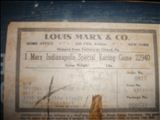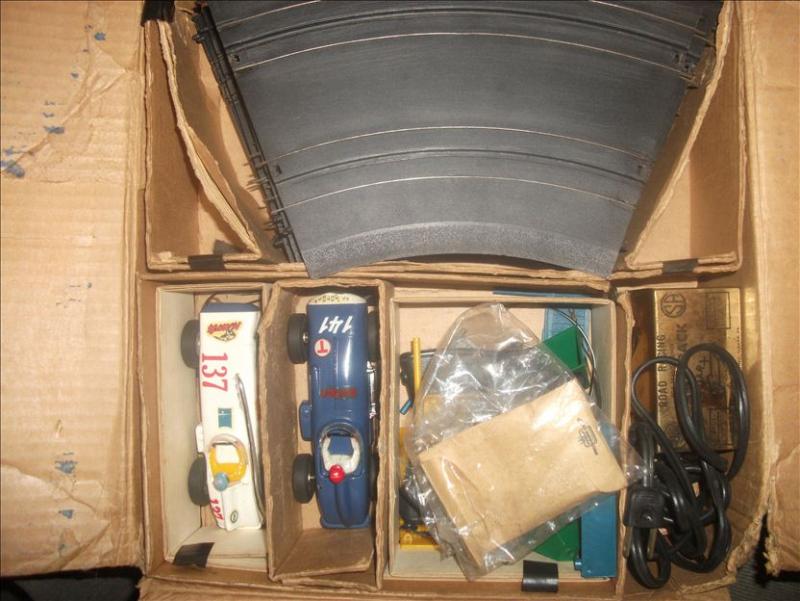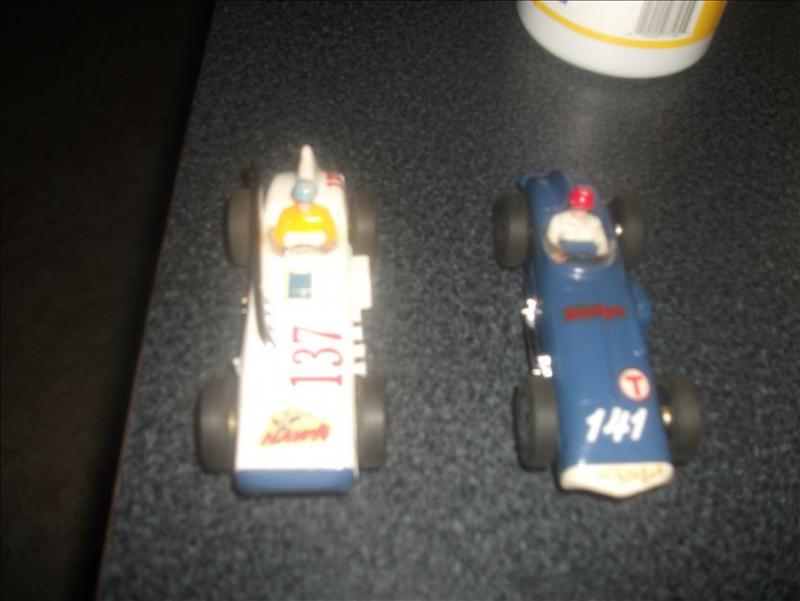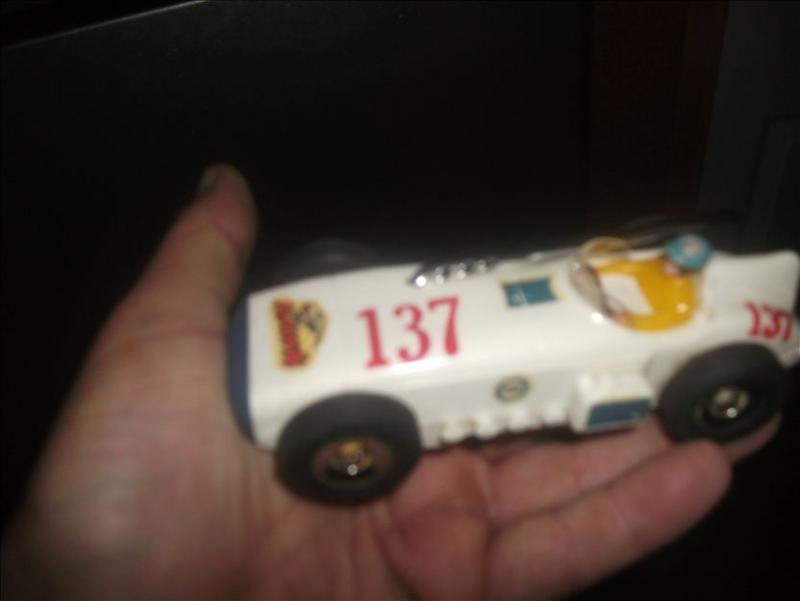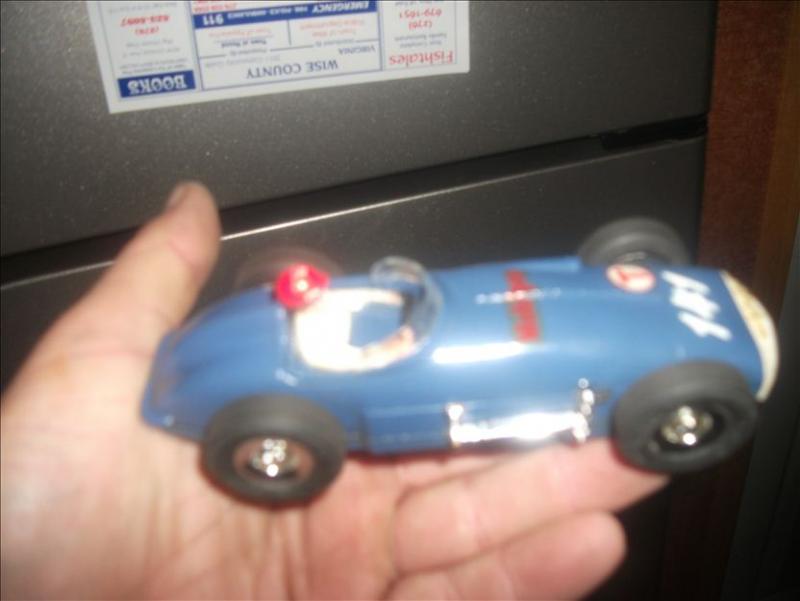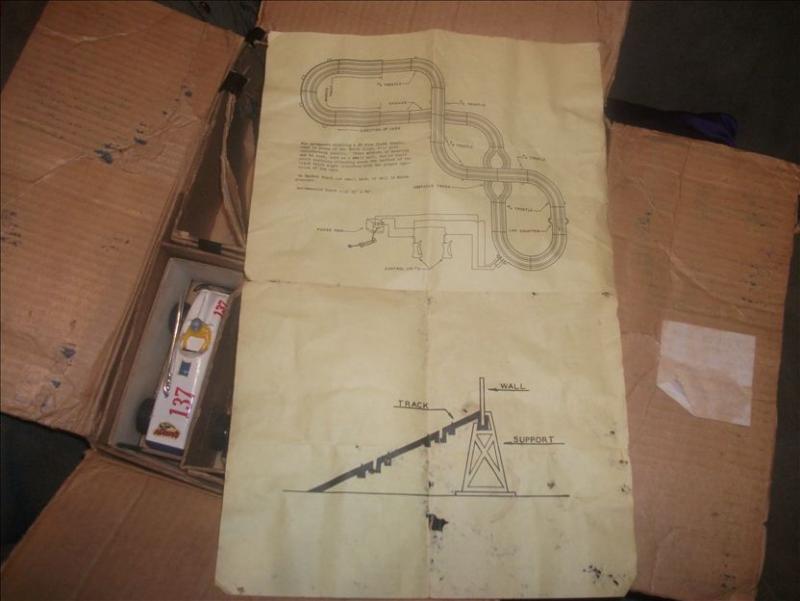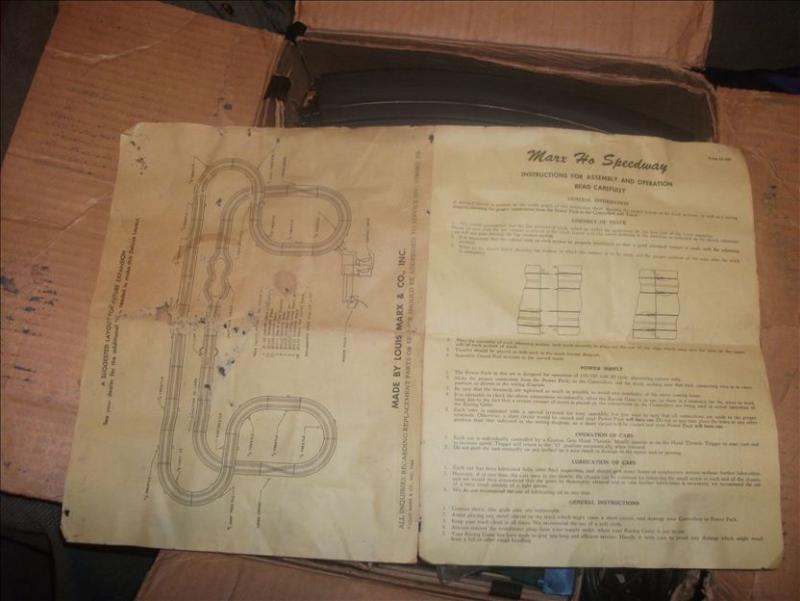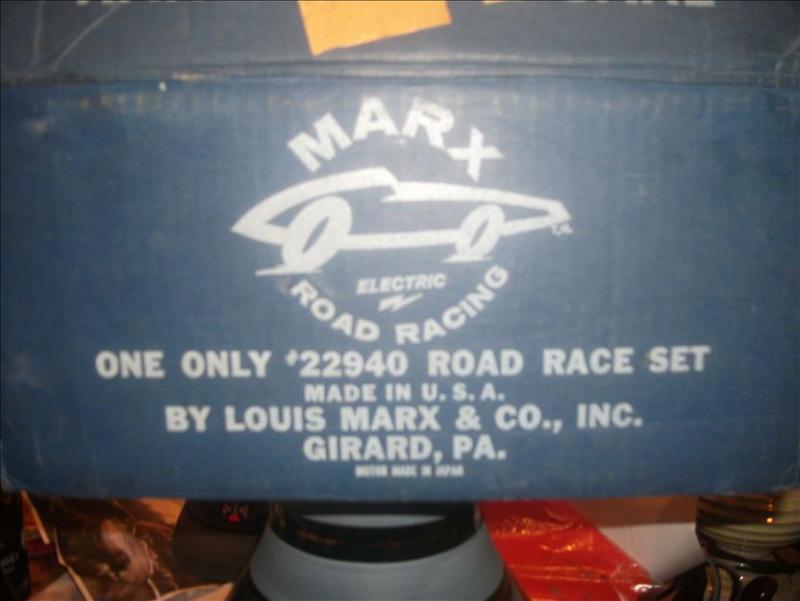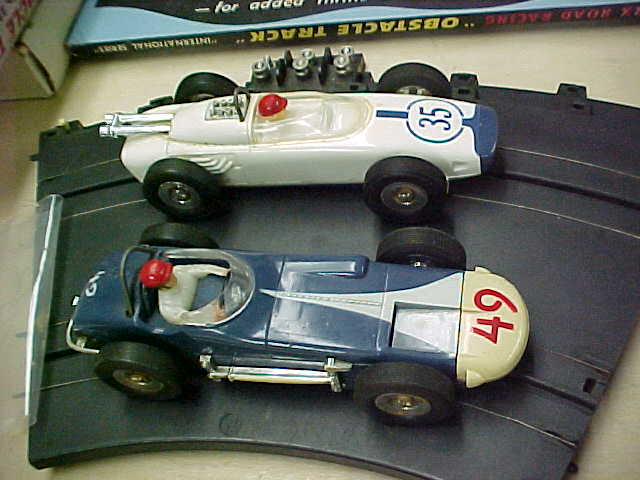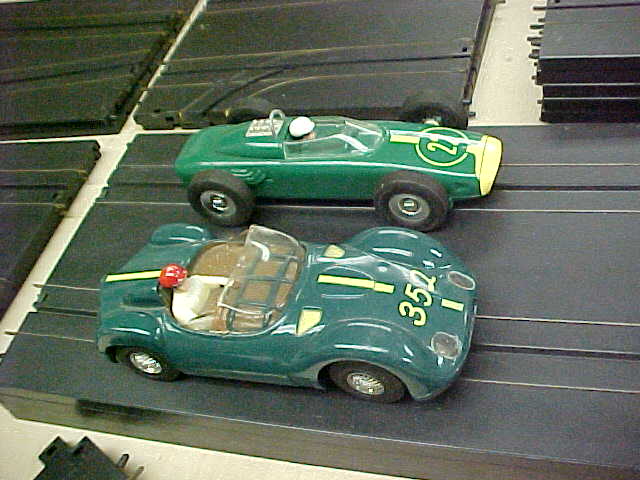Debby,
The answer to your question is quite simple actually. Like with all old toys, the ones that survived did so either because they did not work well and were relegated to the attic quite quickly, or because they are very common because they were successful toys. As a long-time toy collector, I see lots of the common toys at auction, and prices are low.
Another factor is condition. A pristine Marx set similar to yours MAY bring more, but interest for these is still very low, because the collectors simply do not care for them. But for an outsider to the slot car collecting world, anything old appears to be valuable until... they try selling it. The disappointment comes when their ambitions are not met by the demand.
A typical example is
this Schuco toy that this seller has been trying to peddle for over a year now. It started a year ago at $1,000.00. Not only the condition is very poor, but the price of a MINT and boxed identical item hardly exceeds $100, simply because they are very common toys (they sold by the thousands and most have survived in some form) and there is no desirability factor. A recent "American Pickers" on the History Channel saw an average example sell for $50.00 and resell for $75.00. THAT is the real world.
Sorry to be the bearer of not what you would like to hear...

